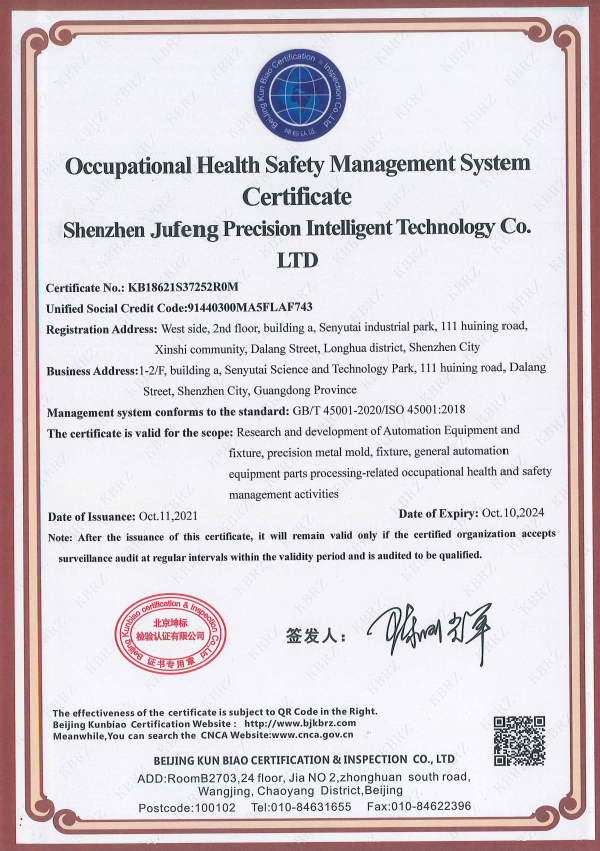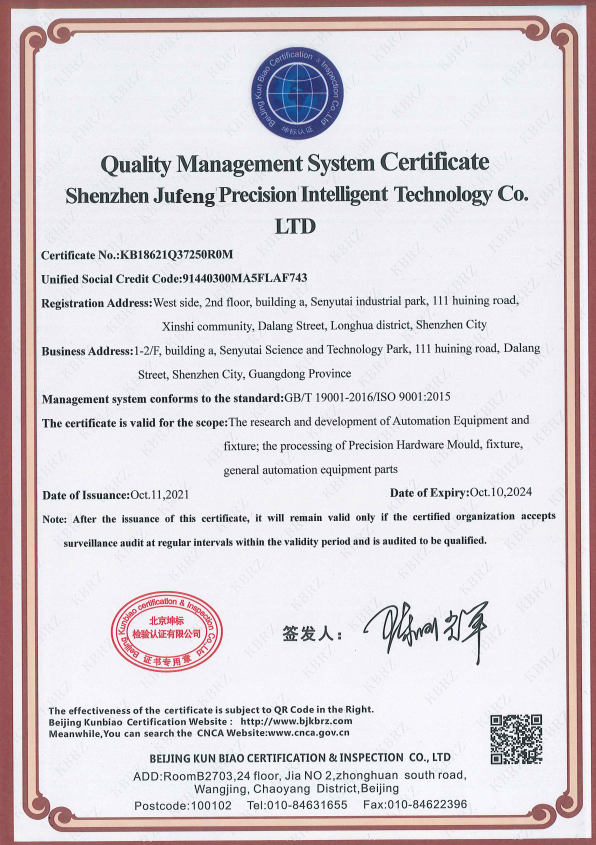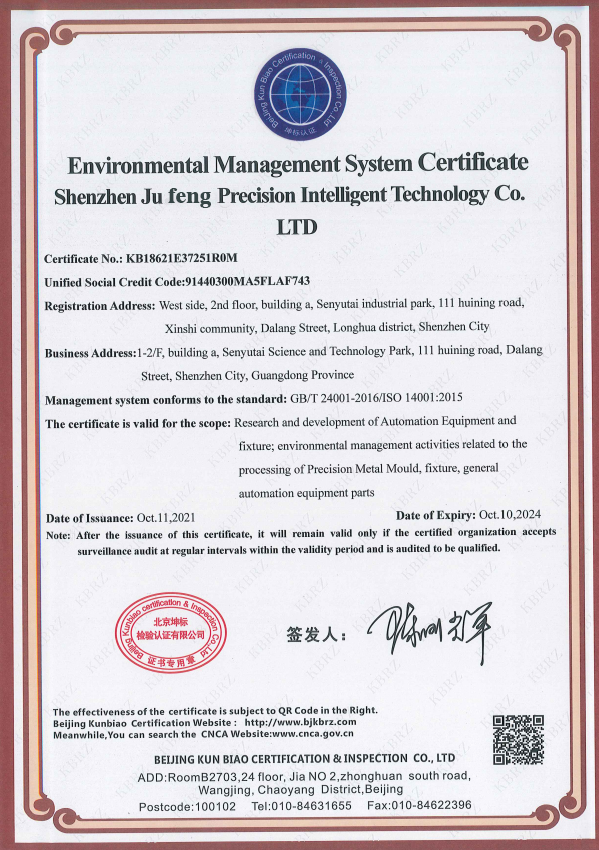News
Choosing Between Manual and Automated Circuit Board Testing Fixtures: A Comprehensive Guide
Choosing Between Manual and Automated Circuit Board Testing Fixtures
Introduction to Circuit Board Testing Fixtures
Circuit board testing fixtures play a pivotal role in the manufacturing and quality assurance of electronic devices. These fixtures ensure that circuit boards are tested thoroughly and efficiently, allowing manufacturers to identify defects and ensure reliability. When it comes to testing methods, the choice between manual and automated fixtures can significantly impact efficiency, accuracy, and overall production costs.
In this guide, we will delve into the critical aspects of choosing between manual and automated circuit board testing fixtures. We will provide insights into their functionalities, advantages, and drawbacks, helping you make an informed choice tailored to your specific needs.
Table of Contents
1. Understanding Circuit Board Testing Fixtures
2. Manual Circuit Board Testing Fixtures
- 2.1 Benefits of Manual Testing Fixtures
- 2.2 Limitations of Manual Testing Fixtures
3. Automated Circuit Board Testing Fixtures
- 3.1 Benefits of Automated Testing Fixtures
- 3.2 Limitations of Automated Testing Fixtures
4. Key Factors to Consider in Your Decision
5. Cost Analysis of Testing Fixtures
6. Case Studies: Manual vs. Automated Testing
7. Future Trends in Circuit Board Testing Fixtures
8. Conclusion
9. FAQs
Understanding Circuit Board Testing Fixtures
Circuit board testing fixtures are specialized tools designed for testing the electrical connections and performance of printed circuit boards (PCBs). These fixtures can accommodate a wide range of testing processes, from simple continuity tests to complex functional tests. Depending on the production requirements and the complexity of the circuit boards, manufacturers can choose between manual or automated testing solutions.
Manual Circuit Board Testing Fixtures
Manual circuit board testing fixtures require human intervention to operate. Technicians use these fixtures to position the circuit boards properly, connect test leads, and monitor test results. While this method may seem straightforward, it does come with unique characteristics.
Benefits of Manual Testing Fixtures
1. **Cost-Effective**: Manual fixtures typically have lower initial costs compared to automated systems. They require less investment in machinery and technology.
2. **Flexibility**: Technicians can easily adapt manual fixtures for different types of circuit boards, making them ideal for small batch productions or prototyping.
3. **Simplicity**: The operation of manual fixtures is straightforward, making it easy for technicians to troubleshoot and modify tests as needed.
Limitations of Manual Testing Fixtures
1. **Labor-Intensive**: Manual testing requires significant human resources, which can increase labor costs and time requirements.
2. **Potential for Human Error**: The reliance on human operators can lead to inconsistencies and errors in testing, affecting the reliability of results.
3. **Slower Testing Speed**: Manual processes are inherently slower than automated methods, which can lead to bottlenecks in high-volume production environments.
Automated Circuit Board Testing Fixtures
Automated circuit board testing fixtures are designed to perform tests without manual intervention. They often utilize advanced software and robotics to streamline the testing process.
Benefits of Automated Testing Fixtures
1. **Increased Efficiency**: Automated fixtures can conduct tests far more quickly than manual processes, significantly increasing throughput in production.
2. **Consistency in Results**: Automated systems reduce the risk of human error, leading to more reliable and reproducible test results.
3. **Data Collection and Analysis**: These systems can automatically collect and analyze data, providing valuable insights into the performance of circuit boards over time.
Limitations of Automated Testing Fixtures
1. **Higher Initial Investment**: Automated testing fixtures generally require a larger upfront investment due to the cost of technology and software.
2. **Less Flexibility**: Once programmed, automated systems may be less adaptable to changes in testing requirements or different circuit board designs.
3. **Maintenance Complexity**: Automated systems may require specialized maintenance and troubleshooting, which can add to operational costs.
Key Factors to Consider in Your Decision
When choosing between manual and automated circuit board testing fixtures, several factors should guide your decision:
- **Volume of Production**: For high-volume production, automated fixtures can provide significant time savings and efficiency.
- **Complexity of Circuit Boards**: More complex designs may benefit from the precision of automated systems, while simpler designs might be adequately tested with manual fixtures.
- **Budget Constraints**: Assess your budget for initial investment versus long-term operational costs.
- **Testing Requirements**: Determine the specific testing needs for your circuit boards, including the types of tests required and the frequency of testing.
Cost Analysis of Testing Fixtures
A comprehensive cost analysis is crucial when deciding between manual and automated circuit board testing fixtures.
- **Initial Costs**: Manual fixtures generally have lower initial costs, making them appealing for startups or small businesses. However, automated fixtures may offer a quicker return on investment through increased productivity.
- **Operational Costs**: Consider labor costs for manual testing versus maintenance costs for automated systems. While manual testing may require more personnel, automated systems may incur higher maintenance costs over time.
- **Long-Term Value**: Evaluate the long-term value offered by each type of fixture. Automated systems may reduce testing time and increase throughput, while manual systems may be easier to adapt to changing needs.
Case Studies: Manual vs. Automated Testing
Exploring real-world examples can provide clarity on the effectiveness of manual versus automated circuit board testing fixtures.
1. **Case Study 1: High-Volume Production**: A major electronics manufacturer transitioned from manual to automated testing for their high-volume PCB lines. They reported a 30% reduction in testing time and a marked decrease in defects, validating the investment in automation.
2. **Case Study 2: Small Batch Prototyping**: A startup focused on developing new electronic devices utilized manual testing fixtures. While their production volume was low, the flexibility of manual testing allowed them to iterate quickly on prototypes without the need for expensive automated systems.
Future Trends in Circuit Board Testing Fixtures
As technology continues to evolve, so do circuit board testing fixtures. Some emerging trends include:
- **Integration of AI and Machine Learning**: Future testing fixtures may incorporate AI to enhance testing accuracy and predict potential failures based on historical data.
- **Increased Automation**: The push for efficiency will likely lead to more sophisticated automated testing solutions that can handle a wider variety of circuit board designs with minimal reconfiguration.
- **Sustainability in Manufacturing**: As industries move towards sustainable practices, testing fixtures will also evolve, focusing on energy efficiency and reducing waste in the testing process.
Conclusion
Choosing between manual and automated circuit board testing fixtures requires a careful assessment of your specific needs, production goals, and budget. Each option comes with its own set of advantages and limitations, making it essential to evaluate them based on your unique circumstances. By understanding the nuances of both manual and automated testing, you can make an informed decision that enhances your PCB manufacturing process, ultimately leading to higher quality products and improved efficiency.
FAQs
1. **What are the main differences between manual and automated circuit board testing fixtures?**
Manual fixtures require human intervention and offer flexibility, while automated fixtures operate independently and provide faster, more consistent results.
2. **Which type of testing fixture is more cost-effective?**
Manual testing fixtures typically have lower initial costs, but automated fixtures can be more cost-effective in high-volume production due to increased efficiency.
3. **Can automated testing fixtures handle different types of circuit boards?**
Yes, but they may require reprogramming or configuration adjustments for different designs, while manual fixtures can be more easily adapted.
4. **How do I determine the right choice for my business?**
Consider production volume, budget constraints, and the complexity of the circuit boards to make an informed decision.
5. **What future trends should I be aware of in circuit board testing?**
Expect advancements in AI integration, increased automation, and a focus on sustainable practices in testing processes.




